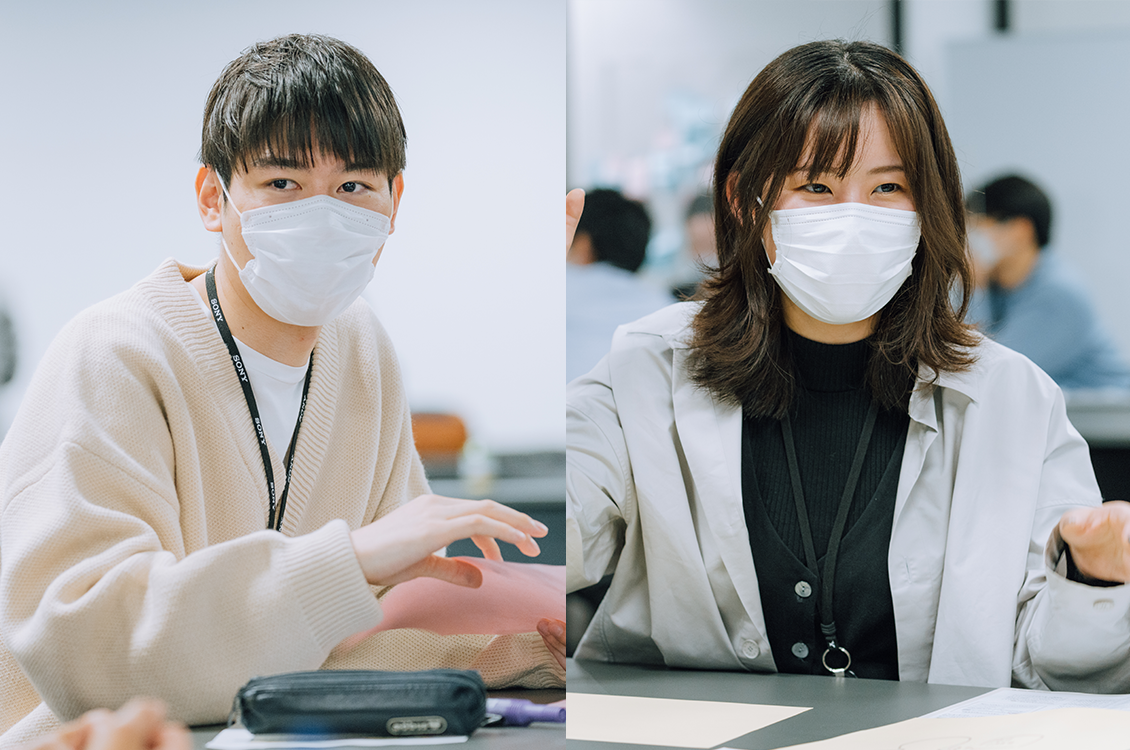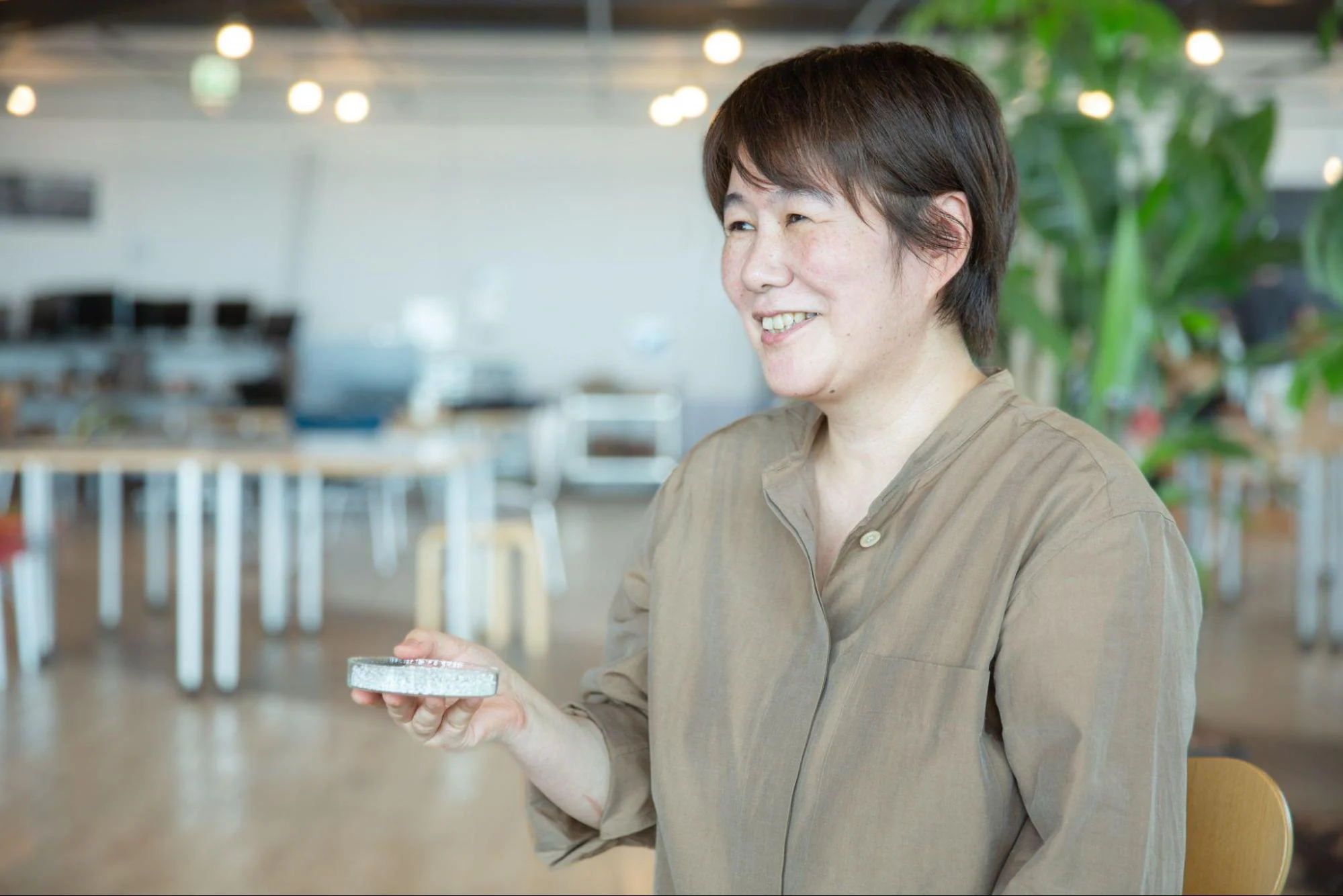Sony's Action! Workshop for Co-Creating the Future Sony's Employees Dismantling Each Other's Stereotypes: A Workshop Report from New Employees [Part 2]
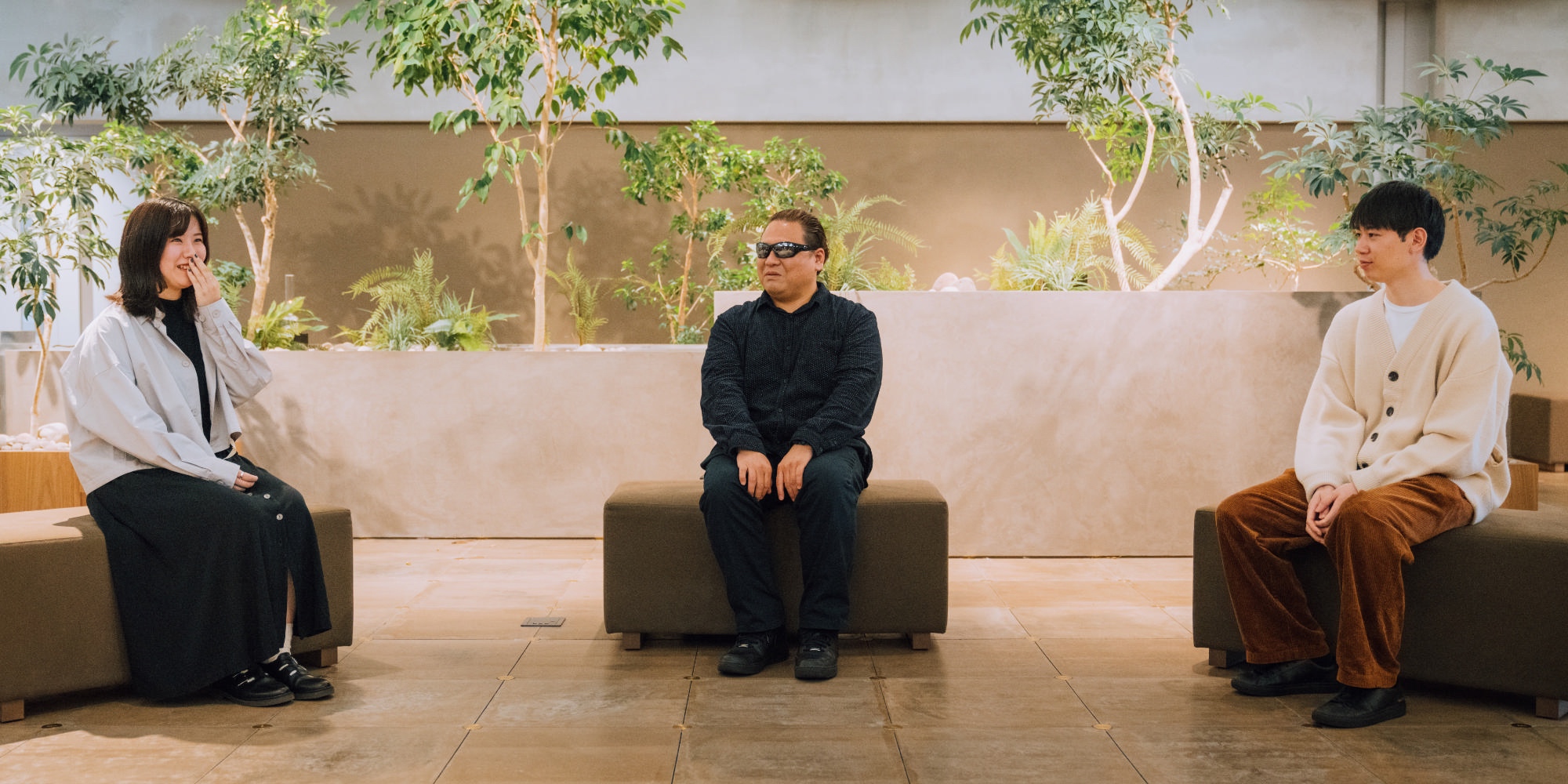
Unless we are mindful, we may find ourselves bound by our own stereotypes.
A product may be convenient for us, but what about others? Do the "convenient" features of Sony's products make them accessible for more people?
To cultivate employees who keep these points of view and questions in mind while developing products and services, Sony constantly hosts inclusive design workshops for its employees.
Here, we follow Sony's two new employees one day as they spend time with a lead user who is visually impaired.
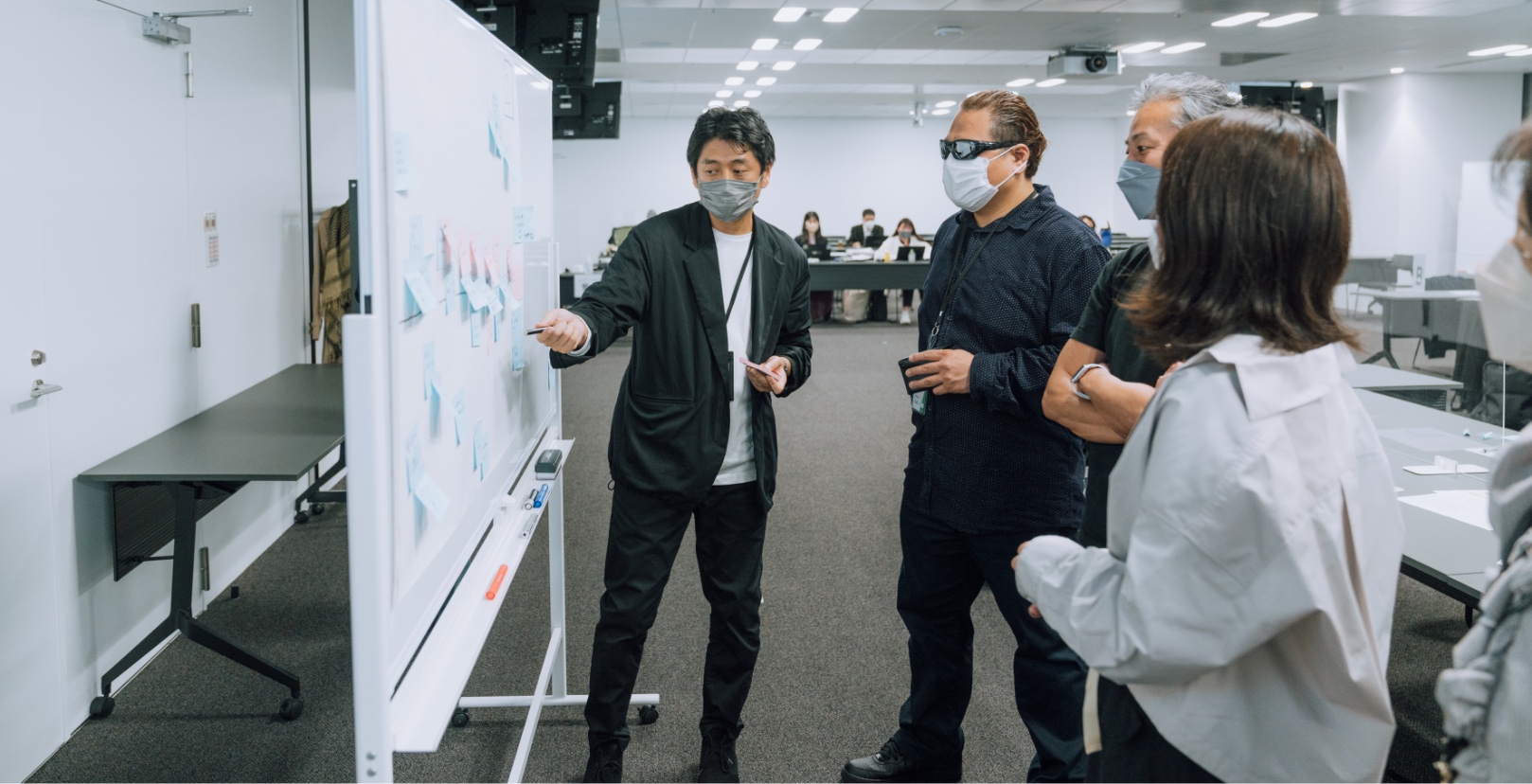
Joining us for this interview are Hironori Sato, a professional drummer but has visual impairment, and Sony's new employees Rin Ito and Rikushi Sabu. Rin had worked with Hironori at the workshop, while Rikushi worked with Maito Wakui who uses a wheelchair.
Nicknames are used at workshops, with Mr. Sato going by "Sato," Ms. Ito by "Rin," and Mr. Sabu by "Sabu." (These nicknames are used below.)
Now that the workshop has been introduced in part 1, in part 2 we return to ask these three participants what they thought.
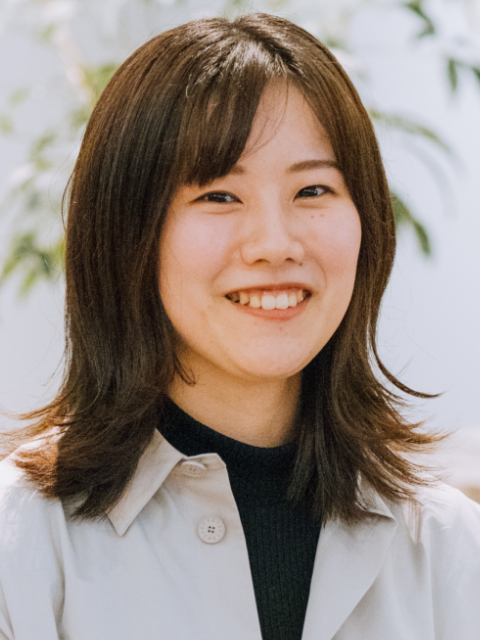
Asking the questions!
Rin Ito
Software Technology Div.1, System Software Center, Home Entertainment & Sound Products Business Group, Sony Corporation
Rin has been involved in UI/UX design for TV apps since joining Sony in 2022. At work, she is committed to designing from accessible point of view. Within her recent personal interests, she tries to be mindful of digital well-being and ethical fashion consumption.
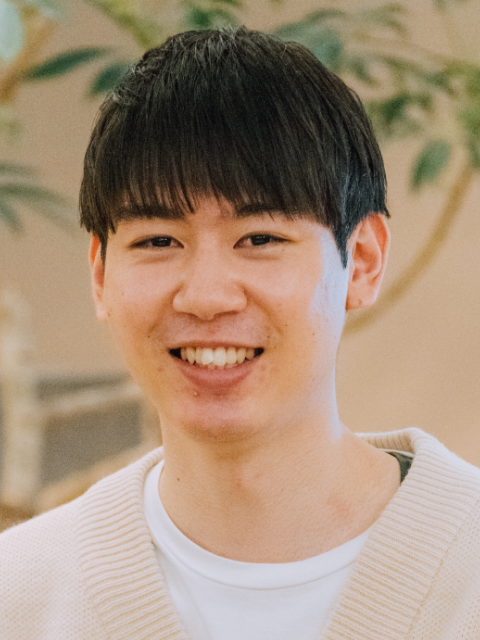
Asking the questions!
Rikushi Sabu
Inclusive & Human-Centered Design Dept. , Quality Management Promotion Division, Sony Corporation
Since joining Sony in 2022, Rikushi has facilitated user tests and surveys in a business division promoting company wide human-centered design. Work has reminded him of the importance of sustainability, and in particular, accessibility. In routine work and when preparing documentation, he ensures visual clarity for all users regardless of having or not having visual impairment.
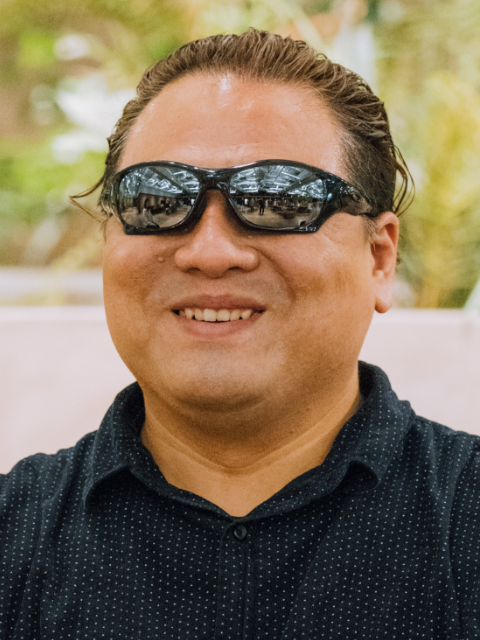
Providing the answers!
Hironori Sato
Born in 1980 with low vision from retinitis pigmentosa, Hironori later lost his vision completely at the age of 21. Drumming captured his interest at the age of 16, and after college, he became a professional drummer. Along with drumming and drum instruction, Hironori currently conducts an original interactive disability awareness program with music at schools and other sites across the country.
Lead users: those who are experiencing our future a step ahead of us
ー Sato, remind us what a "lead user" is, in this context.
Sato: To put it simply, lead users are those who are experiencing some things before everyone else will. Eventually we all experience physical limitations as we get older—difficulty seeing or walking, for instance—but some of us already live with these constraints, either from birth or at some point during our lives.
People with disabilities may know quite well about the kinds of problems that arise with old age. Older people themselves or those with disabilities who act as facilitators at the inclusive design workshops are called "lead users" because they help chart a course for the future.
ー Did any of you have reservations about participating in the workshop?
Sabu: I was more excited than apprehensive. What motivated me to participate and learn about the point of view of people with disabilities was the fact that my division at Sony promotes companywide human-centered design, which are design processes that help us offer superior experiences by keeping customer perspectives in mind.
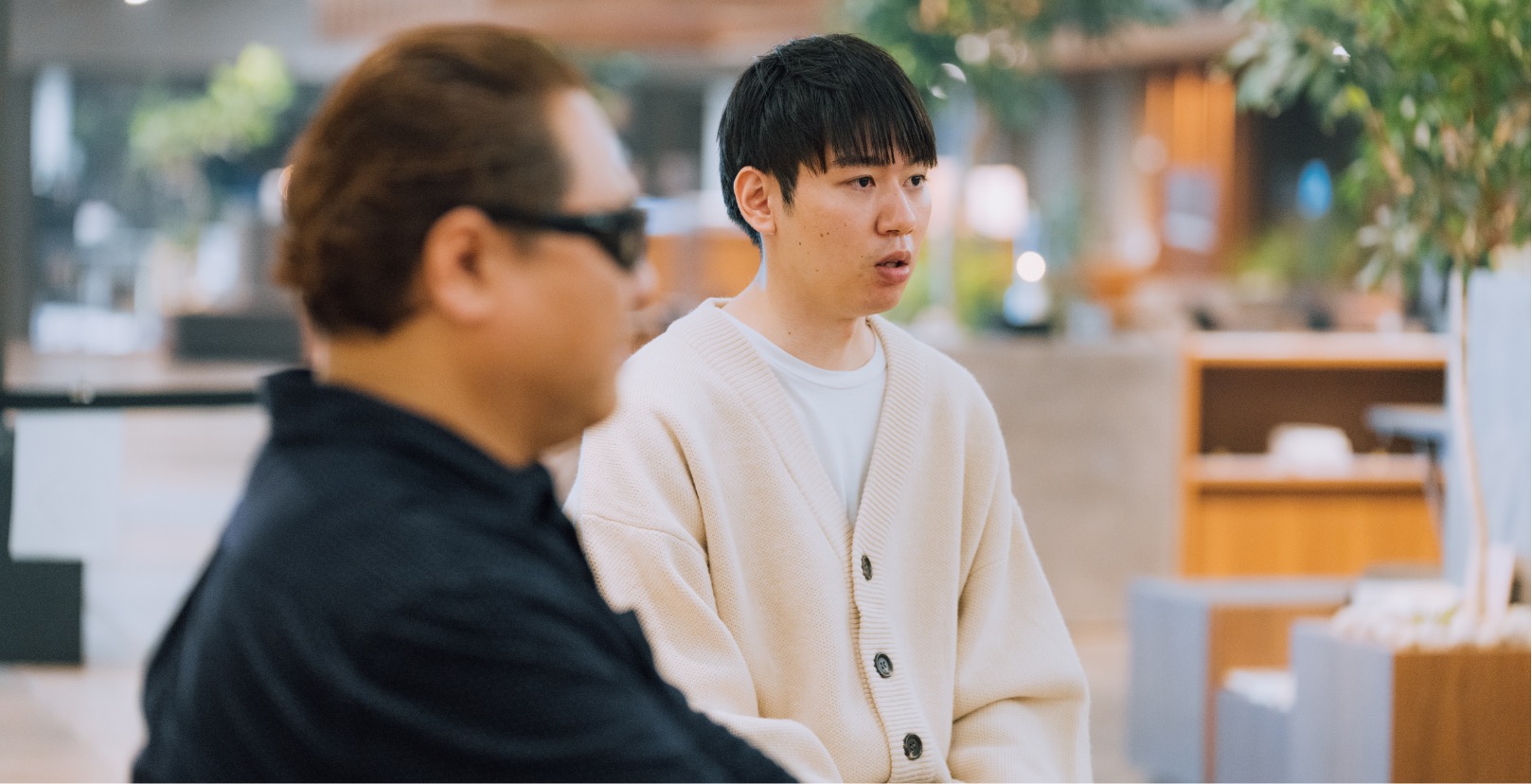
Rin: Speaking for myself, I did hesitate a little. I wondered if, somehow, my awkward attempts to help the lead users get around the city might actually interfere with their own usual ways of doing things.
Sato: Really? Our communication went so smoothly that I suspected you and the other employees from Sony routinely interact with people with disabilities at work or have friends or acquaintances with disabilities. I guess that must be part of Sony's corporate culture.
I myself had only one concern. I wanted to make sure no one was intimidated, because usually some people get stiffened up when interacting with people with disabilities. Mainly I wanted participants to know all about the world of those with disabilities, to expose them to it.
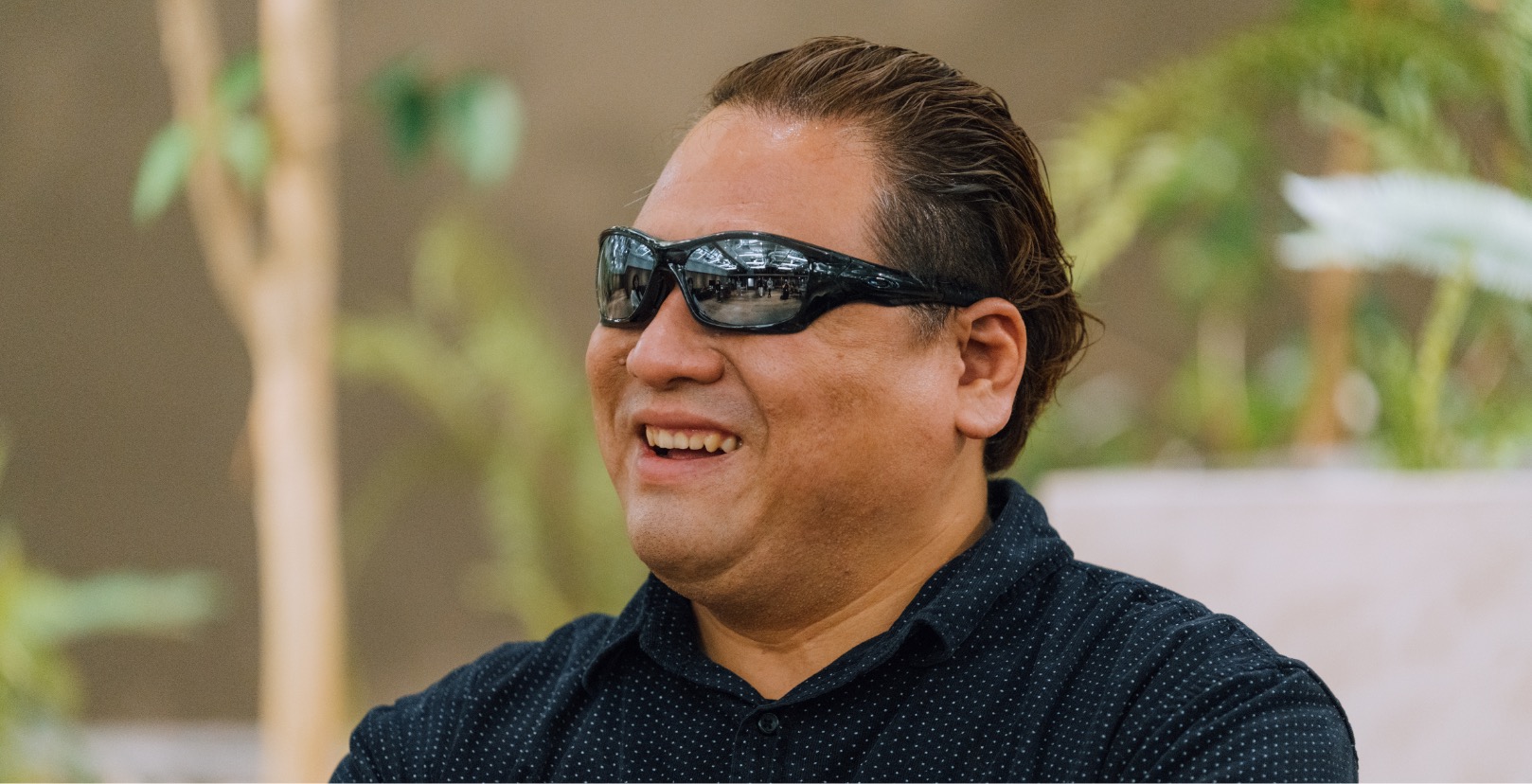
Lead users' positive attitudes, overturning stereotypes
ー What did you find memorable out in the field?
Sabu: I was on a team with Maito who uses a wheelchair, and right away, it seemed very hard for her to open the office door with one hand and then exit on her wheelchair.
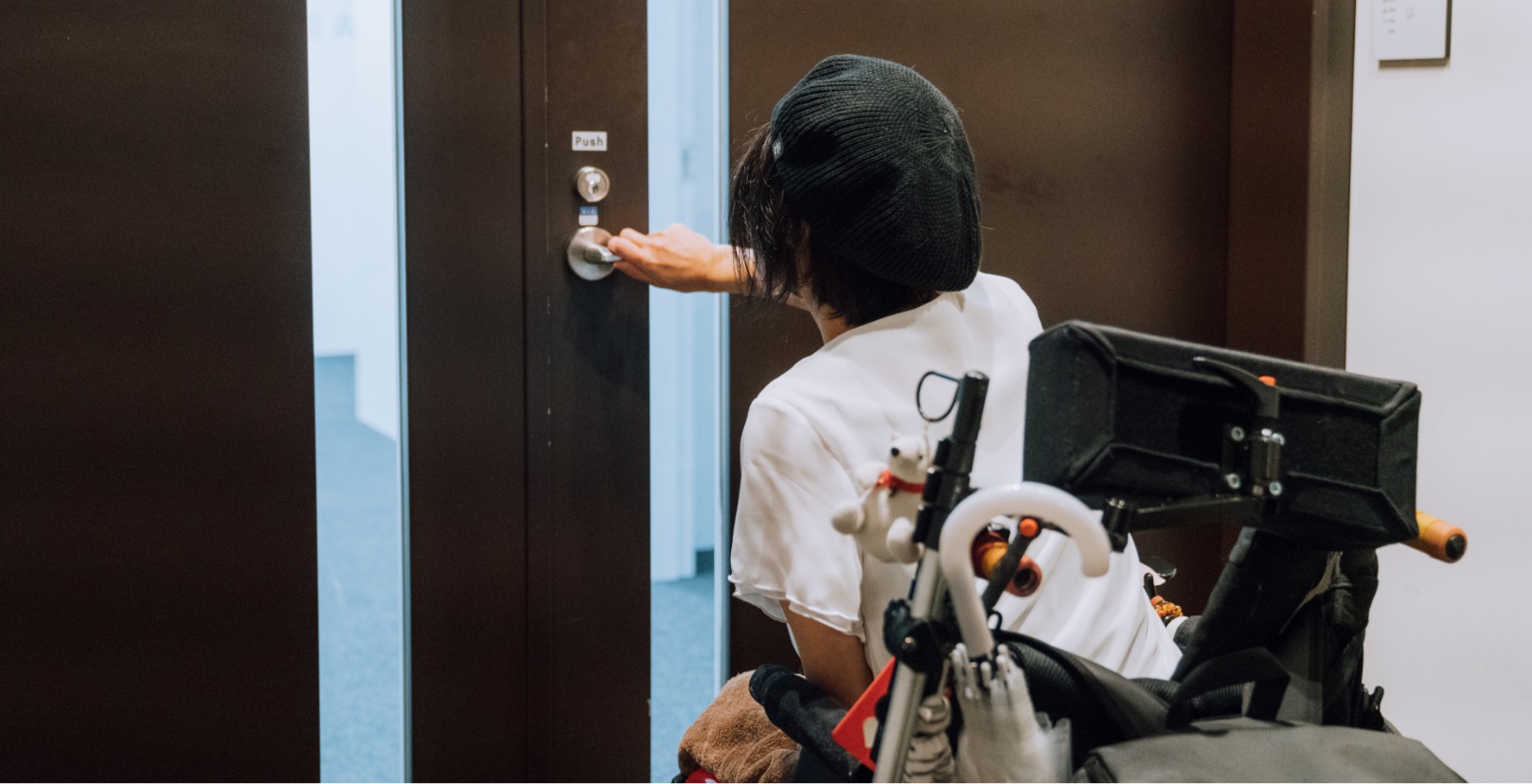
Sabu: She relied on elevators to go up or down floors at train stations and other places, but in unfamiliar environments, it takes a while to find them.
Then there's the matter of buying a ticket. From the lower position such as from wheelchair, glare from fluorescent lights makes it very difficult to read information on the screen.

Rin: Buying a ticket also seemed like a lot of work for Sato.
Sato: That's right. Stations do have fare tables in braille and other helpful things, but first we find ourselves wondering where they are.
Ticket machine instructions are also provided in braille, but when I'm instructed to press a button in the lower left to start audio guidance, I wonder where the lower left is. I haven't tried to buy a ticket in a while, but in any case, it still takes me a long time.
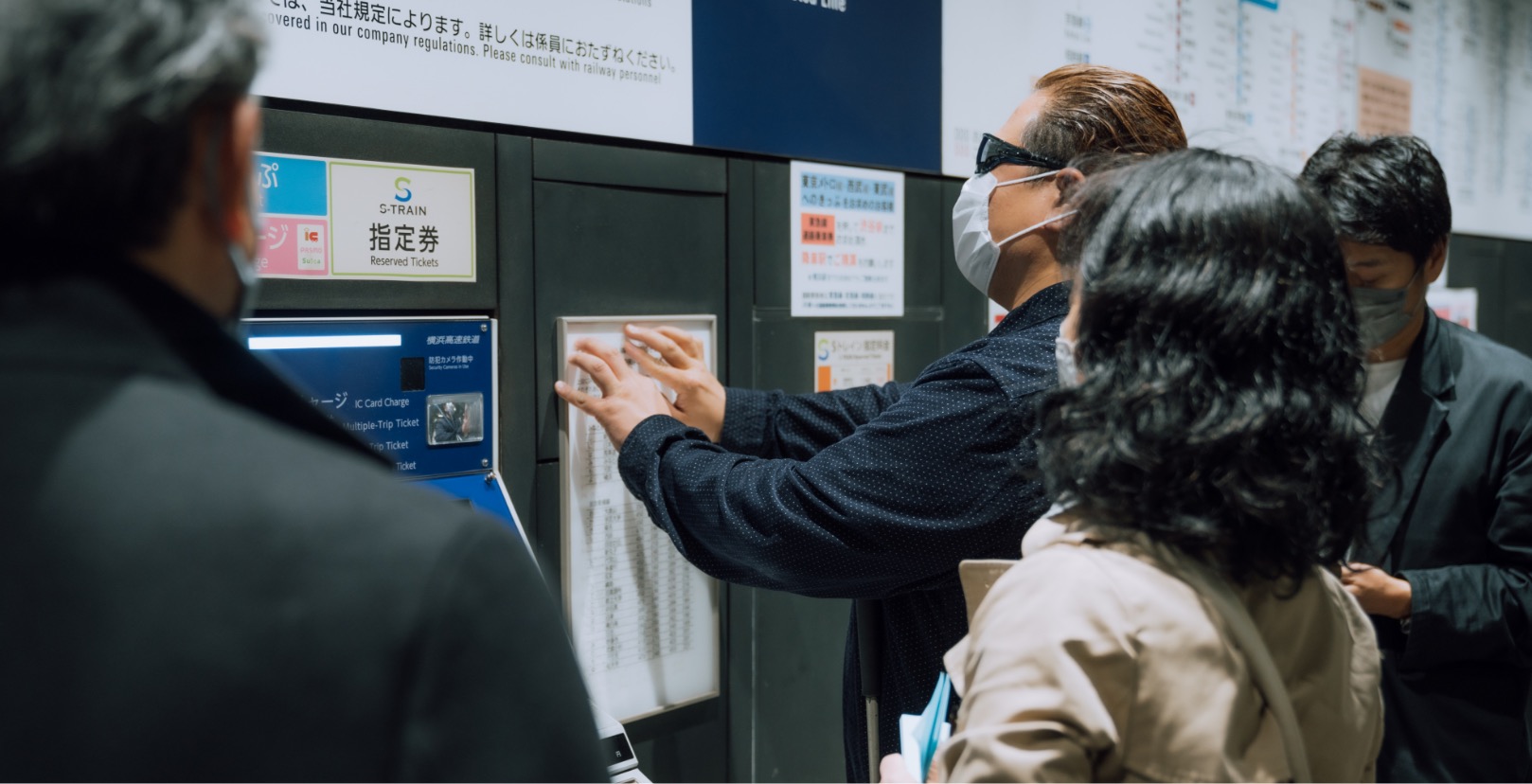
Rin: I had assumed this would bother you, but later I noticed when we created the emotion map that you said,
"it wasn't so inconvenient after all—it was actually fun." I'd assumed that you consider unreasonable tasks to be annoying, truly frustrating.Sato: Yeah, I got that impression from our team members' comments when they couldn't believe I was amused instead of being annoyed.
Sabu: At some points, I, too, noticed my own stereotypes. Maito gets around on a wheelchair, so when she goes shopping, the products on high shelves are out of reach. Still, she told me that as long as she had some extra time for it, store staff would help if she asked. Actually, she appreciates this situation, which gives her a chance to communicate with them. And here I thought she would see it negatively.
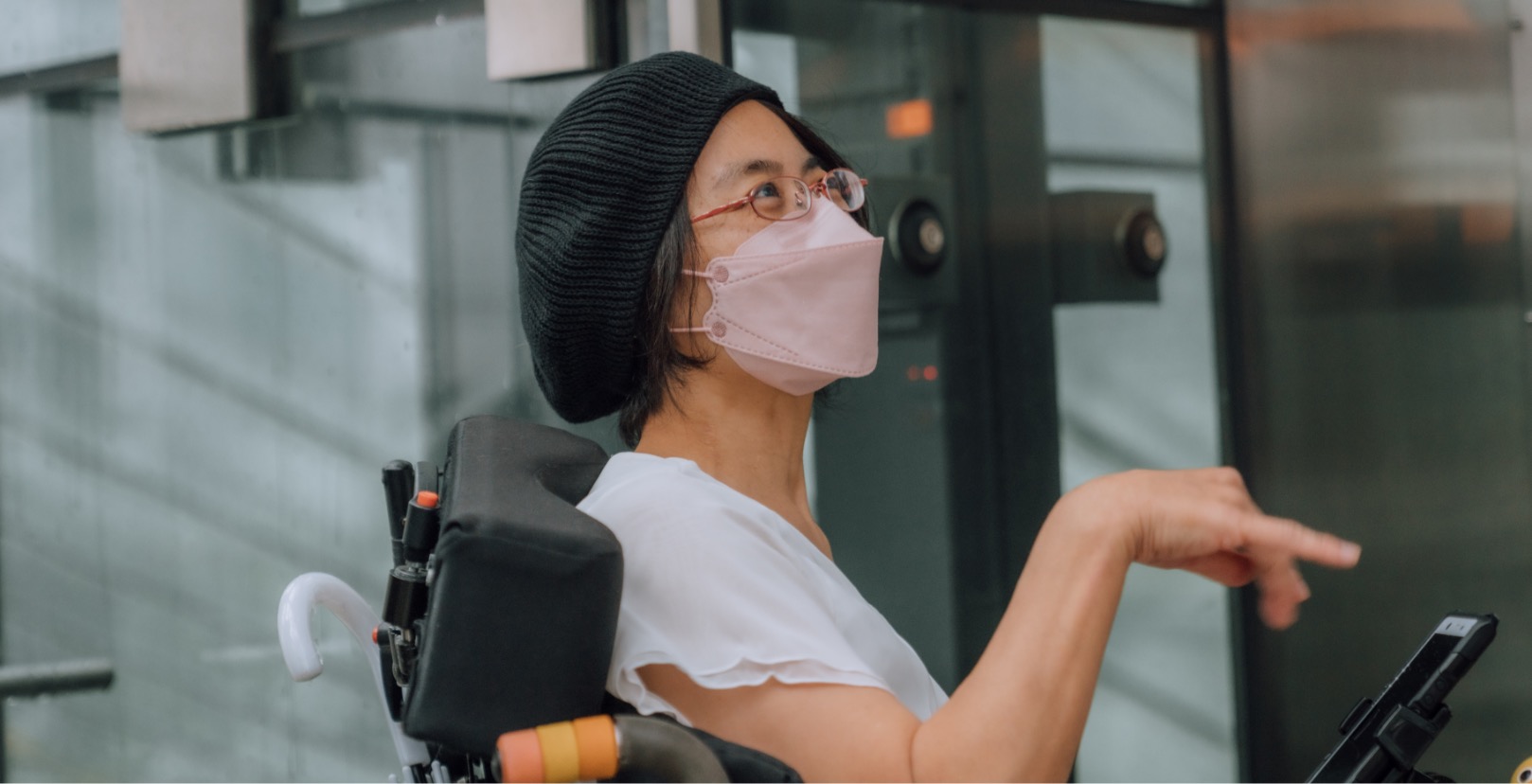
Sato: Comparing perspectives is very hard to do, but if we take train doors as an example, isn't there a simple pleasure in correctly guessing which side the doors will open on? That's the way it is from my perspective. The world is a place where I don't really know till I try.
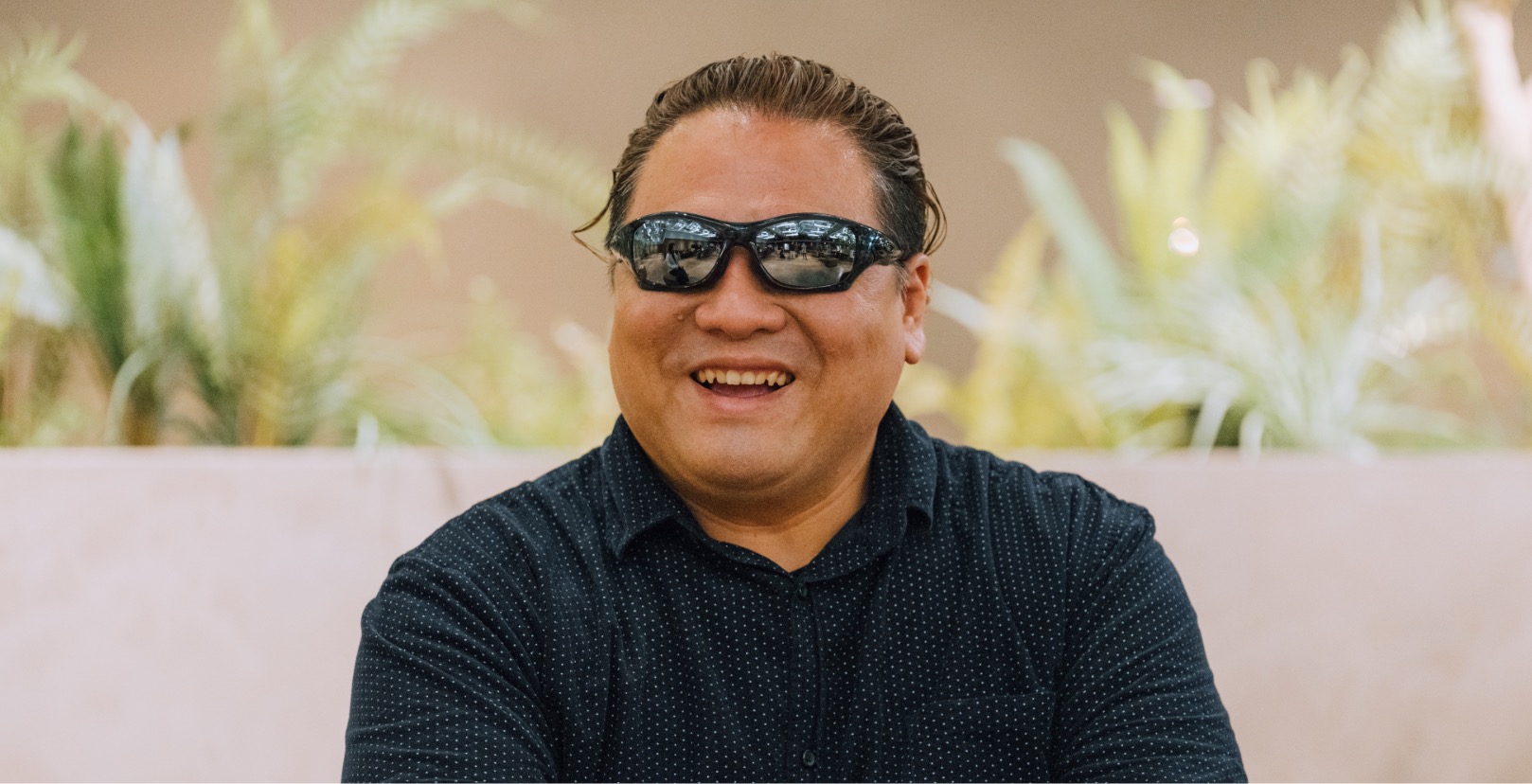
Encouraging freer, wilder thinking
ー The workshop concluded with teams responding to the prompt about designing mobility for 2030 that everyone can enjoy.
Sabu: In the field, Maito had to muster her strength to open doors from her wheelchair. It also seemed hard to find a station directory. But on her emotion map, she rated these experiences neutrally, not positive or negative. They didn't bother her because she's so used to them.
With physical disabilities, it takes a lot of energy just to get around. This was something my team defined as a mobility issue. So that people with disabilities can conserve their energy, we suggested a mobility interface in the form of a smartphone or smart glasses that can guide people with wheelchair to ramps as an alternative to stairs. Even guidance to something like magic flying carpets might be possible one day.
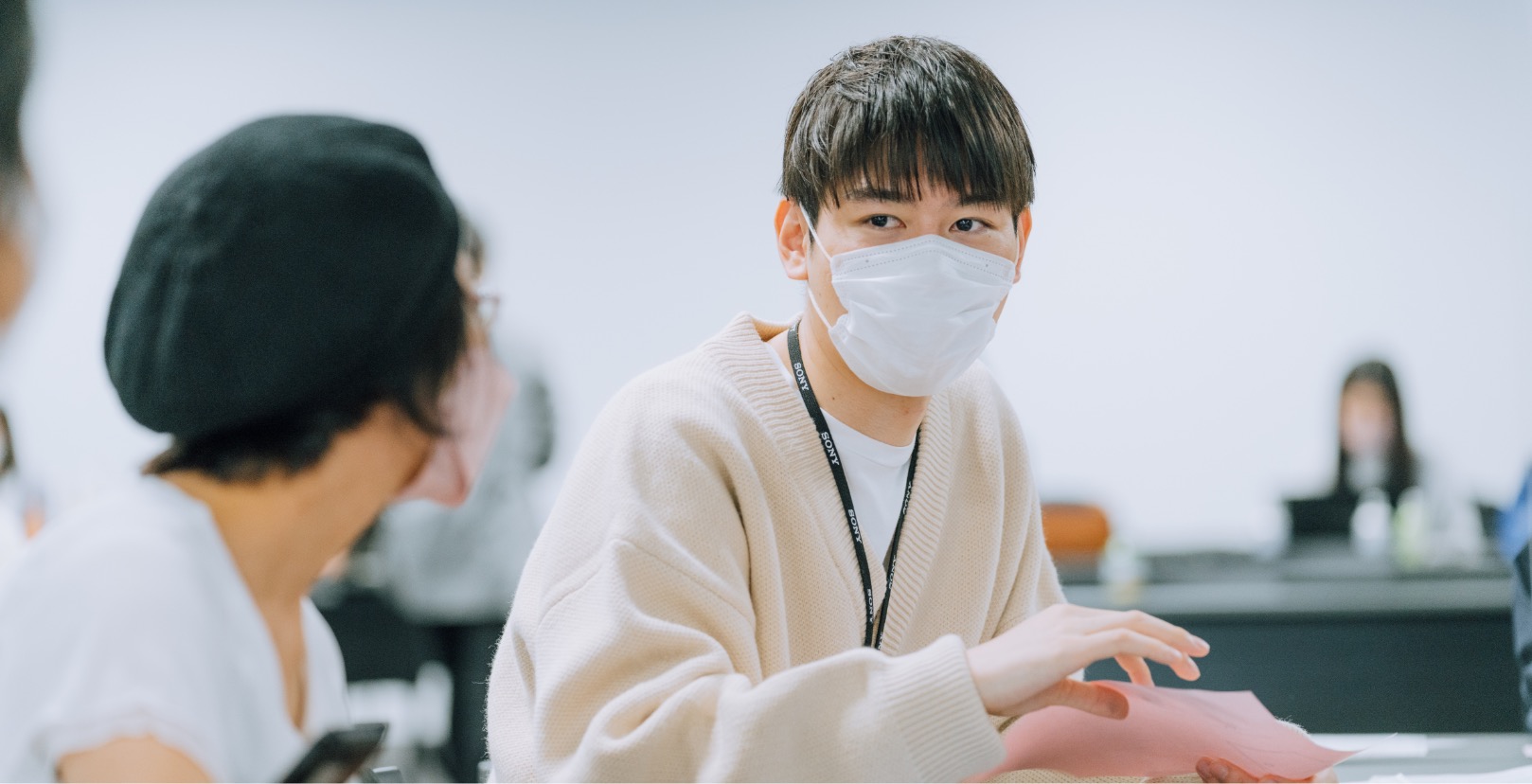
Rin: My team defined one issue as conflicting assumptions. The knowledge that people take for granted varies from person to person. People with disabilities may well be inconvenienced by a world that is convenient for those without disabilities. We thought a good first step might be to get rid of these assumptions.
Initially during our brainstorming, I imagined a kind of mini-assistant sitting on one's shoulders, giving the best route.
Ultimately, my team proposed a "sound agent." This may be convenient if it can be paired with tips about a city in the form of AR, for example, and automatic payment after user authentication.
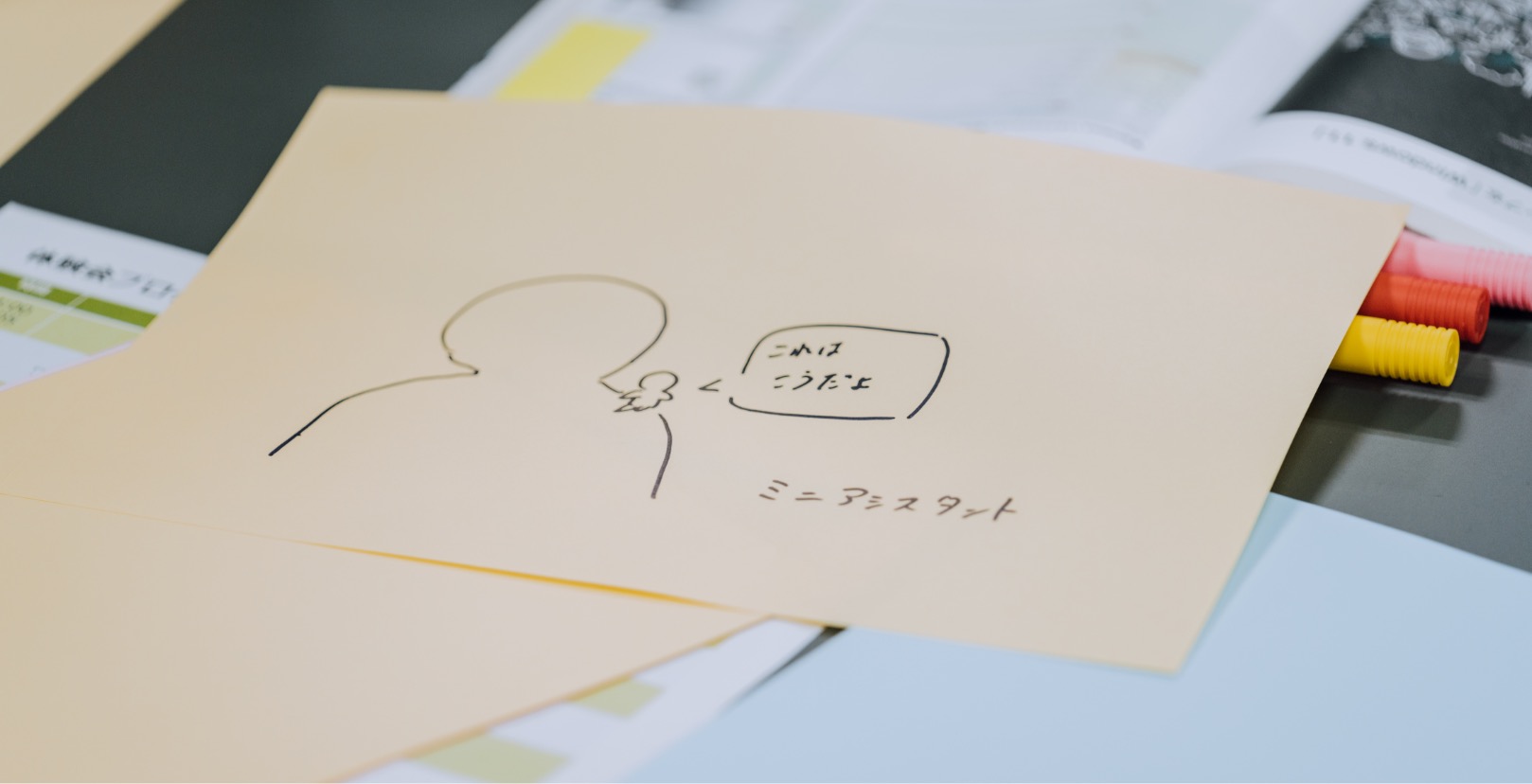
ー Participants happened to raise several ideas for AI-based city guidance. The workshop instructor Mr. Isaka requested free, blue-sky thinking much different from existing products and services—things that have never existed before.
Sato: That interested me, too. I wanted to hear as wild ideas as "floating cities" instead of "floating people with disabilities."
ー Other lead users have also voiced this opinion.
Rin: I probably got too caught up in the instructor's suggestion that ideas like Doraemon's magic pocket would be fine. It's a bit sad to admit that I've become more set in my thinking as I get older.
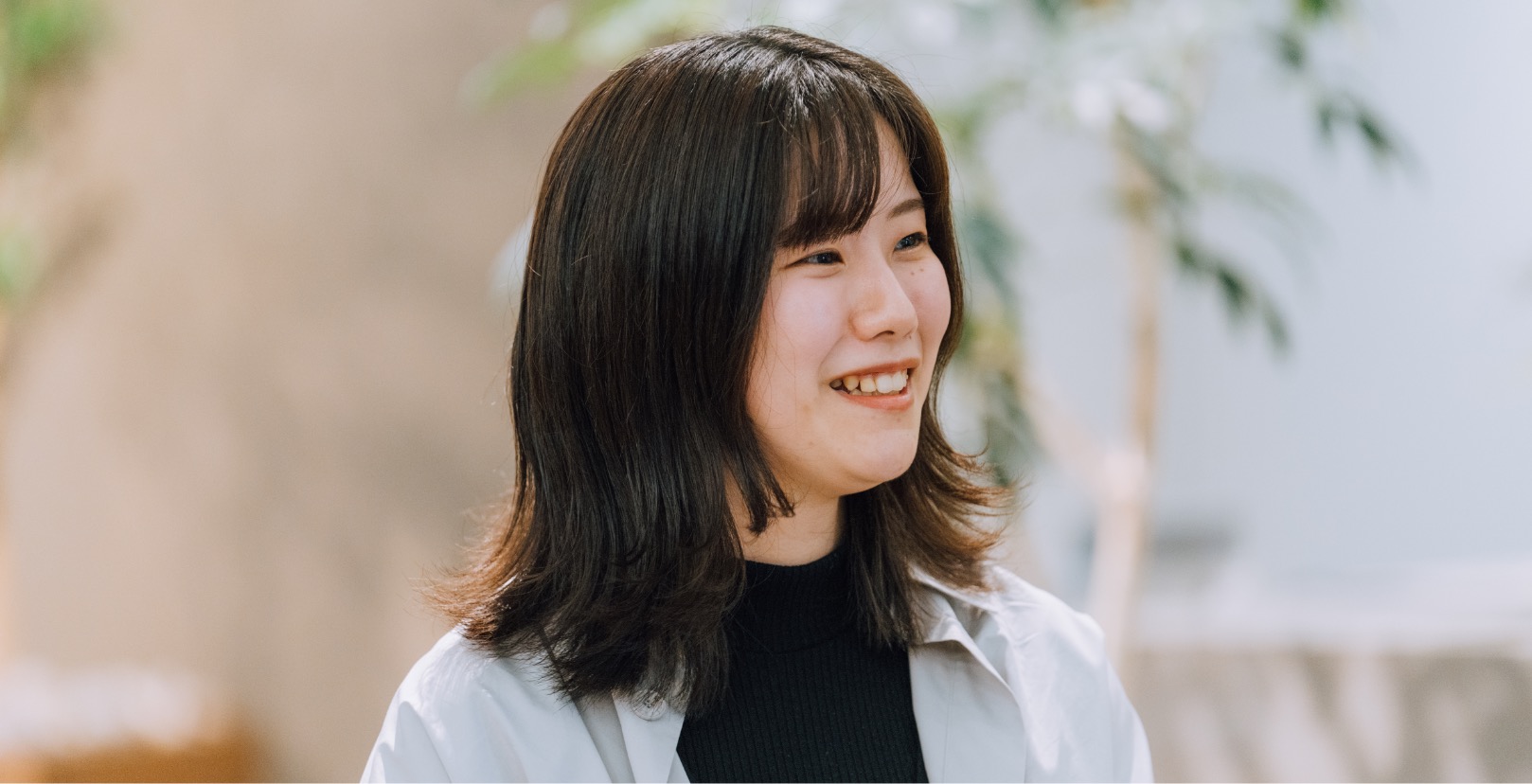
Sabu: Me, too. I find myself considering whether ideas are actually feasible. Maybe that's a habit I picked up doing university research.
Sato: Mobility, our theme of the day, is a constant challenge from our perspective. Ironically, those of us with disabilities may not be able to imagine what it would be like to get around in fun and exciting ways, without any stress.
We've become so used to inconveniences that it was enlightening for me to map my emotions. Often, I realized, "Now that you mention it, yeah, that was inconvenient."
Dismantling each other's stereotypes can lead to innovation
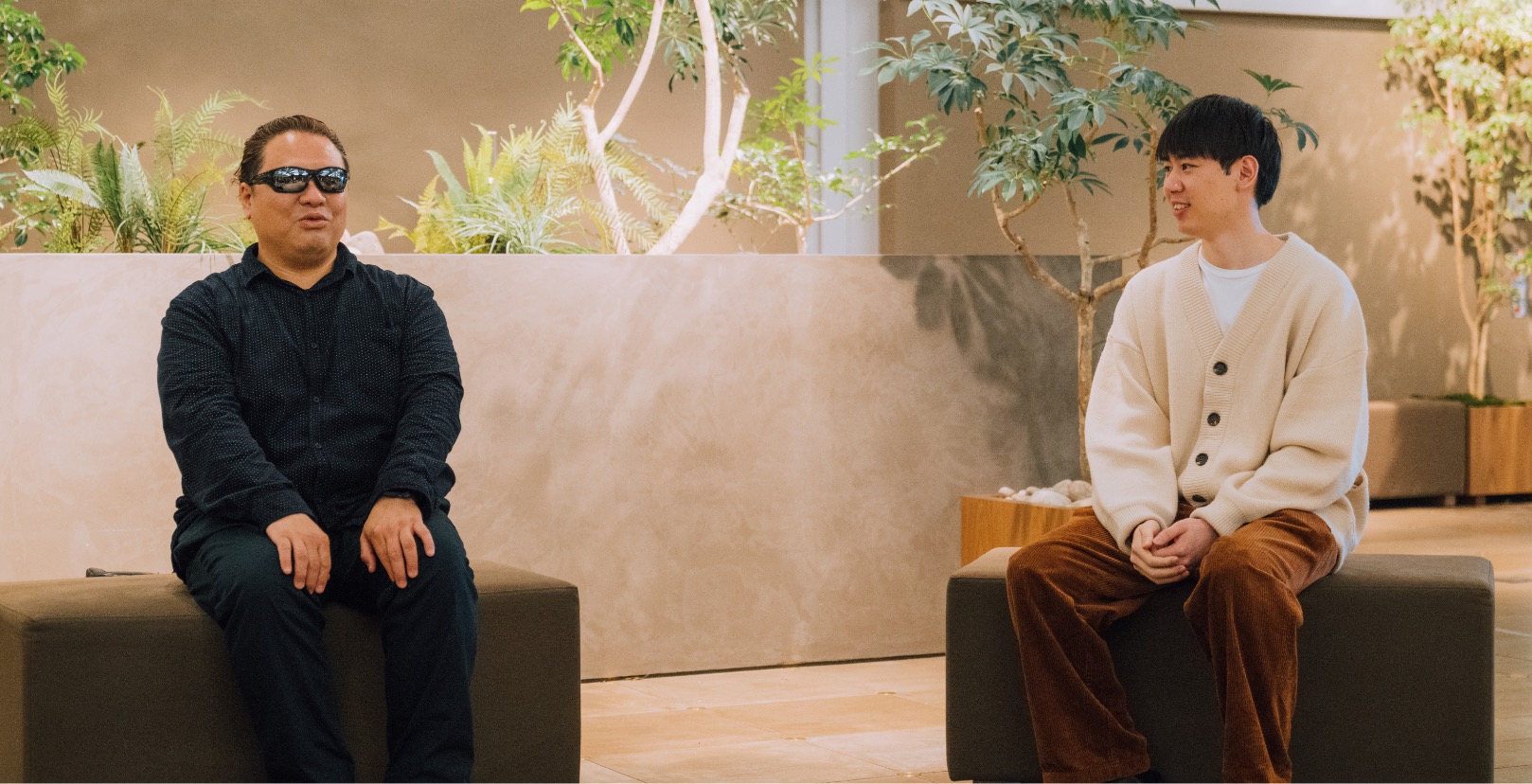
Sato: Our discussion on the emotion map had me realize that I truly hope people analyze those of us with disabilities. Observant team members brought to light a lot of things we've been overlooking. It'd be great if that inspires future innovation or business. I would be happy if I could be part of that inspiration.
Sabu: To me, the workshop showed how lead users are aware of inconveniences in society that go unnoticed by others. I'm also involved in conducting product user tests with input from people with disabilities, so I'll be sure to share my impressions with my division so that we can apply this insight.
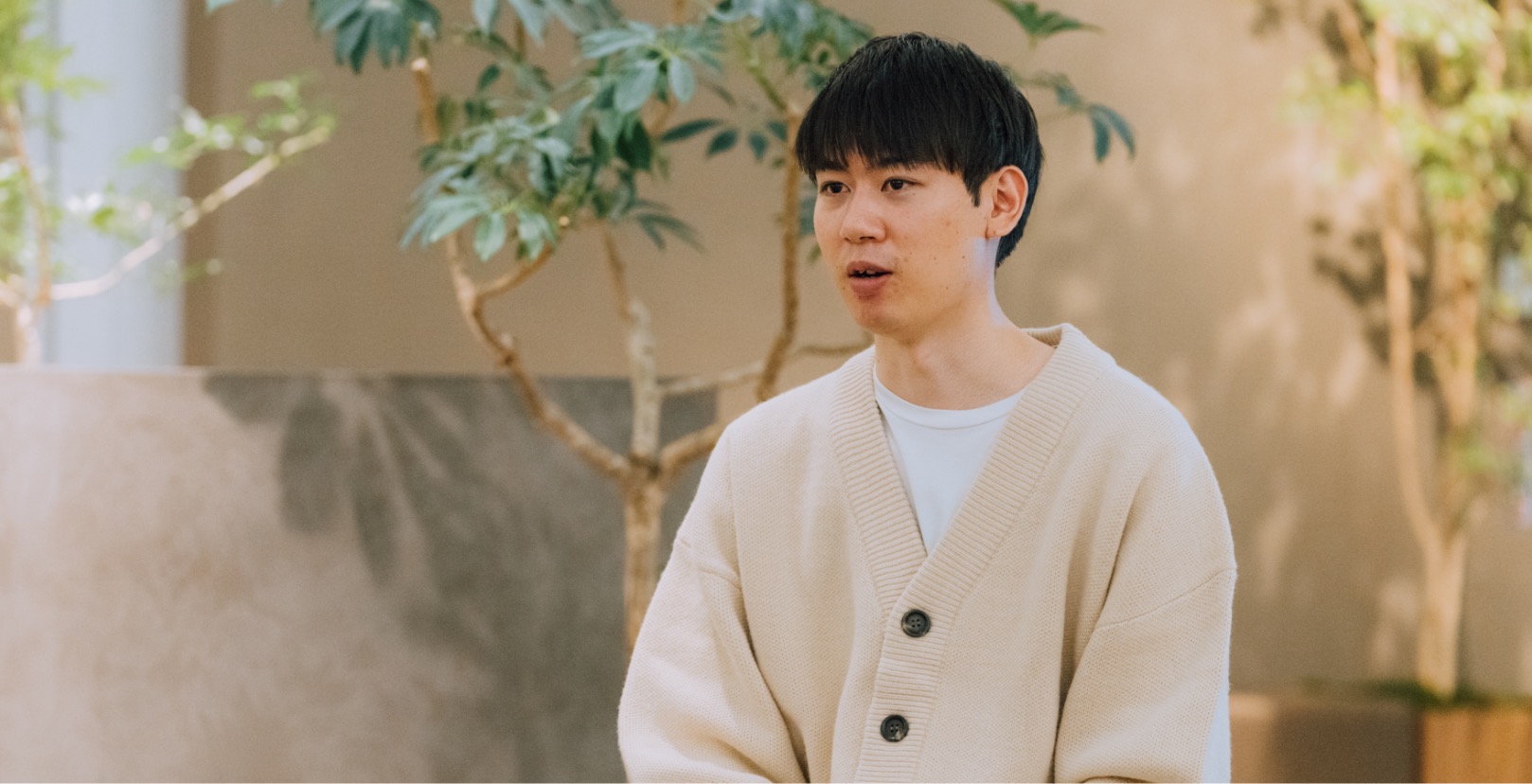
Rin: Me, too. In my UI/UX design work for apps on TVs, I've been paying close attention to text visibility and the ease of understanding text information, but noticing how well Sato uses smartphone apps was very insightful for me. From now on, I'll try to apply an understanding of how people are actually using these products in my UI/UX design.
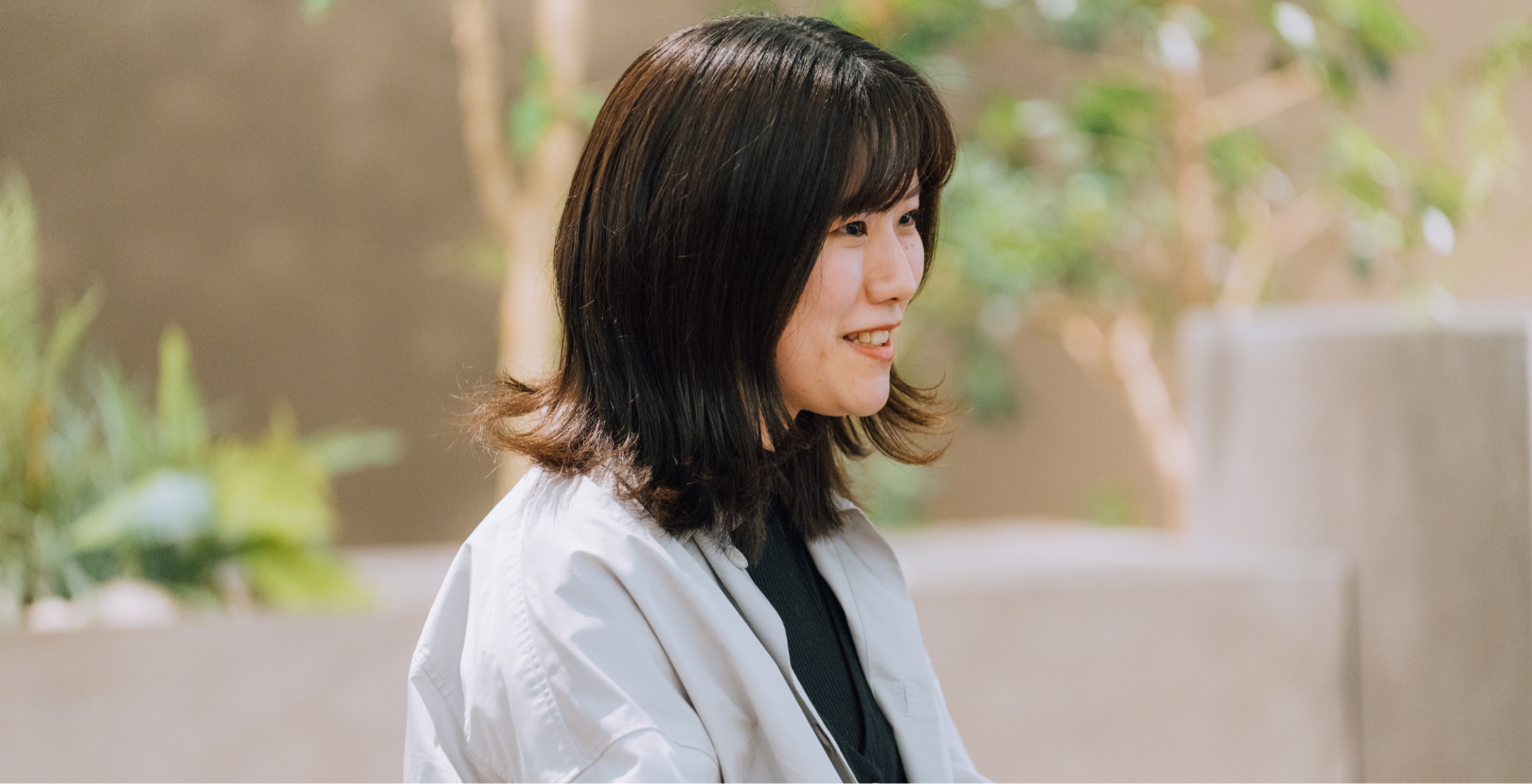
Sato: Thank you. What excites me the most is the process during the workshop where other team members start treating the inconveniences as their own issues. Inconveniences felt by people with disabilities can drive innovation and new business. Just when I think that we're going beyond looking out for people's basic welfare, I realize I'm already smiling a little inside.
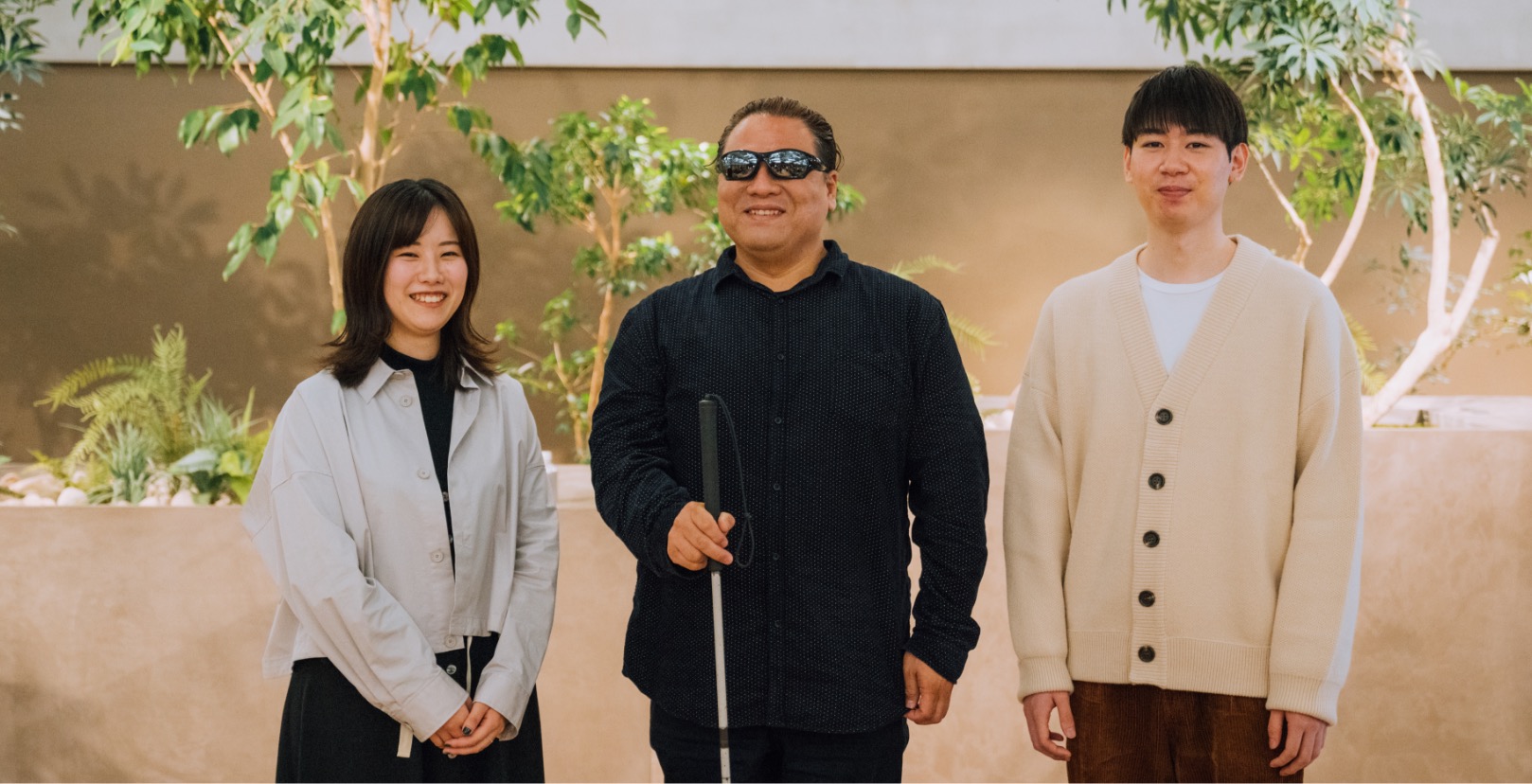
Takeaways of the Sony's new employees
Try to view the inconveniences of others as your own
Empathizing with inconvenienced lead users made me realize we are all inconvenienced by many things that people have somehow come to accept. Rather than treating particular inconveniences as a special need, simply considering how to improve things will surely help us design products that are more convenient for everyone.
Once in a while, jump-start brainstorming with right-brain thinking
The advice to think more freely during our brainstorming left an impression on me. I imagined that freeing ourselves from concerns about what's feasible and occasionally drawing inspiration from right-brain thinking may help us envision a new and better future.
Dismantle each other's stereotypes
At many moments during the workshop, learning how Sato and Maito perceive things shattered our stereotypes. But in fact, our opinions revealed to Sato that there were many inconveniences he had resigned himself to, as a person with disabilities. He said he hoped we'd continue to help such people tear down their own fixed ideas. Dismantle each other's stereotypes, and the world suddenly becomes a little broader. We hope to apply this realization in our future work.



